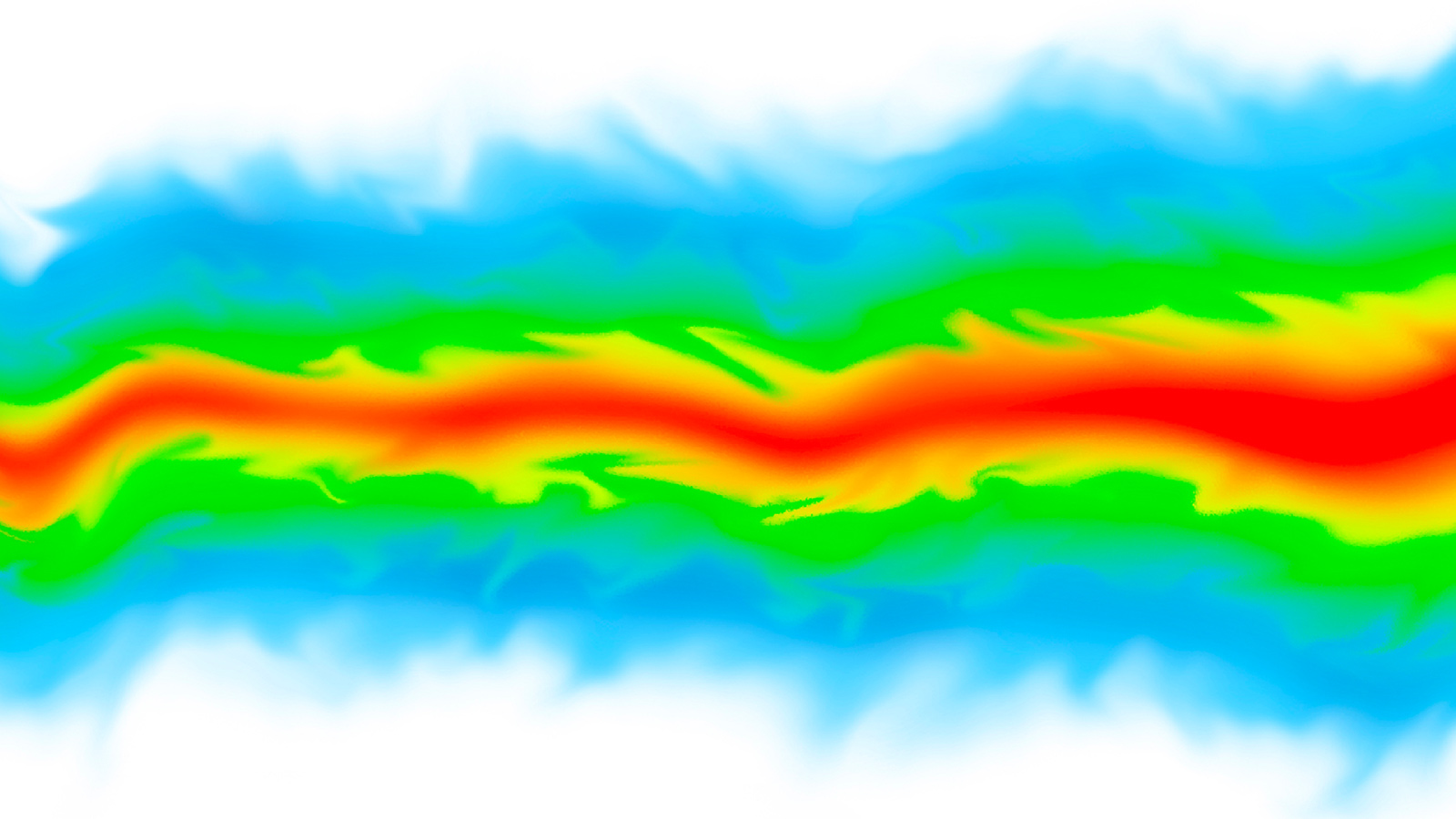Stay Up to Date
Submit your email address to receive the latest industry and Aerospace America news.
The rack on your new SUV comes with two aerodynamically shaped crossbars. On your first drive to work, the crossbars make no discernible wind noise. The next day (same route, wind and traffic conditions) the bars suddenly make an annoying hum. They are just as noisy on the ride home. The next morning, without any adjustments, the bars are quiet again. What was happening on the day the bars were noisy and why did that make them hum?
ABOUT THE AEROPUZZLER
Draft a response of 250 words and email it by midnight Nov. 8 to: [email protected] for a chance to have it published in the December issue.
FRISBEE FACT OR FOLLY?
Q: Would a Frisbee thrown identically in the Northern and Southern Hemispheres fly any differently? Ryan James Caverly of the University of Minnesota helped us review your responses and select this winner:
A: If we can imagine all other factors are identical, let’s consider spin stability and Coriolis effect.
A Frisbee needs to spin to maintain level flight since the center of lift is forward of the center of gravity. Without spin, it would pitch up and fall to the ground right away. Faster spin lessens its tendency to veer left or right (depending on spin direction) from gyroscopic forces. A typical Frisbee throw will spin the disk to about six revolutions per second. This is half a million times faster than Earth’s rotation, so in the most extreme case our right hander would realize a four part per million stability improvement at the South Pole versus the North Pole — a tiny theoretical difference; hard to measure.
Now we’ll check for Coriolis effect; the apparent acceleration of a cannonball to the right of target in the Northern Hemisphere, and to the left in the Southern Hemisphere. An unguided missile is really maintaining its course with respect to the inertial reference frame as Earth rotates under it. We can calculate this effect on a 25-meter frisbee throw with a 10-meter-per-second launch speed at 45 degrees North latitude. It’s a little over 3 millimeters to the right, so a small difference of 6 millimeters is a fact in our thought experiment — not enough to notice in the real world.
David Mayhew
AIAA senior member
Stratford, Oklahoma
[email protected]
Editor’s note: David is now a two-time winner. See also “Giant Fruit Fly,” September.
Related Posts
Stay Up to Date
Submit your email address to receive the latest industry and Aerospace America news.




